A ludic approach to cinema
Under the supervision of Bernard Perron
The concept of film-viewing-in-progression (spectature-en-progression) – namely the perceptive and cognitive activity of a viewer watching a narrative fiction film – was at the center of this research. Applying notions of cognitive sciences introduced in film studies granted the possibility to actualize – and to shed new light on – this activity. More specifically, this research program has investigated a theoretical path uncharted in film studies: the notion of play. Thanks, among other things, to the creation of documentary resources, it has laid the foundations for a very fruitful analogy between narrative cinema and play.
Play is a fertile ground to study the cognitive interactivity between the viewer and the film. Because, with the current ludification of culture, the contemporary film viewer is ultimately nothing more than a spectator ludens. Narrative fictional films were thus considered as “game sessions” and divided between two poles: the ludus-ilinx pole — largely represented by blockbusters — and the ludus-agôn pole — encompassing films with convoluted narratives. Insofar as the use of the notion of play to better define film-viewing-in-progression and narrative cinema always involves detachment, and that solving a puzzle or a mystery is always a second-degree operation, this research program has also begun to study narrative multimedia hypertexts that literally transform the viewer into a player. It has served as a stating point for the analysis of interactive movies.
Grant Social Sciences and Humanities Research Council of Canada (SHRC): For a Ludic Approach to Cinema (2001-2004)
Fund Grant for researcher training and research assistance (FCAR): Film viewing, a Ludic Activity (2001-2004)
Research Assistants
- Sébastien Babeux (2001-2004)
- Vincent Chouzenoux (2002-2004)
- François Lévesque (2003-2004)
- Carl Therrien (2001-2004)
– Base de Données : Bibliographie Cinéludique
BOOKS AND JOURNALS
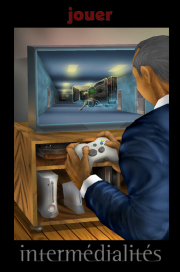
BOOK CHAPTERS AND ARTICLES
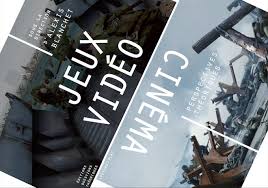
Perron, Bernard, et Martin Picard. 2015. « Petit guide en six termes pour survivre à l’approche théorique des relations entre le jeu vidéo et le cinéma ». Dans Alexis Blanchet (dir.), Cinéma et jeu vidéo, p. 24-37. Paris : Questions Théoriques.
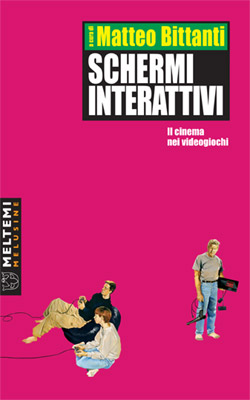
Perron, Bernard. 2008. « Dal film al gioco: l’esperienza forzata di paura ». Dans Matteo Bittanti (dir.), Schermi interattivi. Saggi critici su videogiochi & cinema, p. 233-259. Rome : Meltemi.
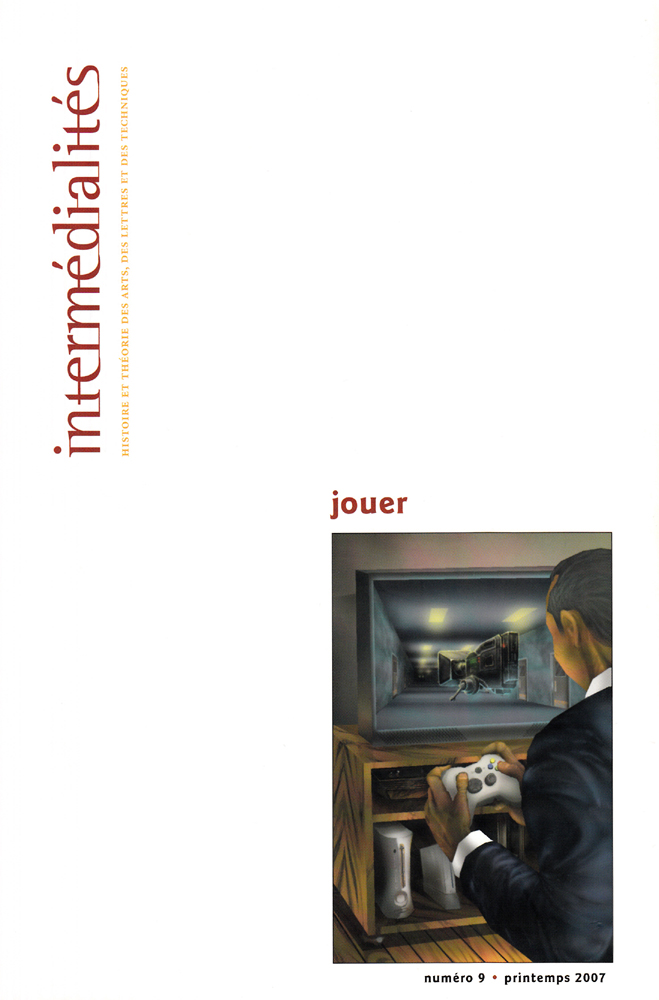
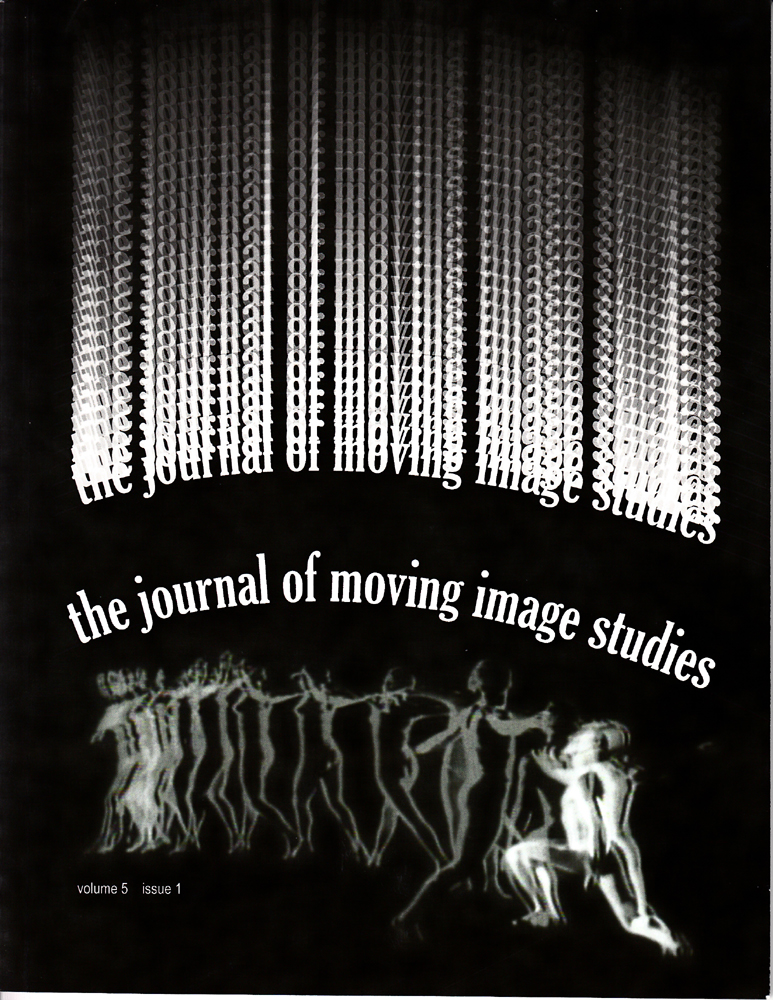
Perron, Bernard. 2007. « Anaconda, a Snakes and Ladders Game. Horror Film and the Notions of Stereotype, Fun and Play ». Journal of Moving Image Studies, vol. 5, n° 1 (décembre), p. 20-30. [PDF]
Dans un chapitre de son livre Les idées reçues. Sémiologie du stéréotype (1991), Ruth Amossy s’intéresse à l’industrialisation de la peur et associe la fiction d’épouvante au jouer et au jeux. C’est précisément cette relation entre le stéréotype (comme l’a dit Barthes, un monstre se cache derrière chaque signe) et l’esprit ludique que cet article cherchera à préciser. Empruntant des concepts à la cognition sociale, à la psychologie cognitive, aux études littéraires et à la théorie du jeu, il étudiera les détails de cette « répétition à l’intérieur de la diversité qui assure l’effet du stéréotype » (Amossy).
Afin d’y parvenir, cet article procède à une analyse textuelle du film de genre Anaconda (Luis Llosa, 1997). Plus précisément, il dépeint comment ce film, qui introduit un serpent gigantesque en guise de monstre, est construit comme un jeu de serpents et échelles. L’article démontre comment les personnages stéréotypés, dans ce cas-ci l’équipe de tournage documentaire (formée d’une réalisatrice hispano-américaine, d’un directeur photo afro-américain, d’un narrateur britannique et d’un scientifique américain de race blanche), sont des pions que le réalisateur peut « déplacer ». En respectant ou en pervertissant certaines règles du genre – avec lesquelles le spectateur est familier–, ces « déplacements » ont aussi pour fin de faire « se déplacer » ce dernier dans l’espace ou, plus précisément, le terrain de jeu circonscrit par la fiction : le Fleuve de l’Amazone. Par exemple, certains mouvements, que l’on pourrait identifier comme des déplacements-échelles, laisseront les personnages et le récit progresser normalement, alors que les déplacements-serpents élimineront des « pions » ou déjoueront les attentes du spectateur.
En conclusion, l’article montre que cette construction s’applique de manière générale aux films de monstres et d’horreur (l’analogie du jeu de serpents et échelles est évidement applicable sans que le monstre ne soit un serpent) et soulignera finalement que c’est dans un échange ludique que les stéréotypes prennent toute leur valeur.
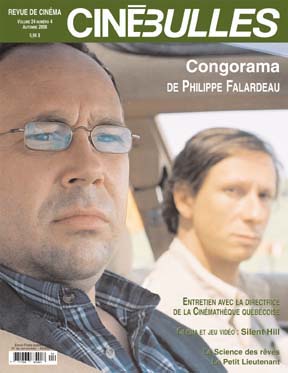
Perron, Bernard. 2006. « Quand le brouillard se dissipe : Silent Hill, le film ». Ciné-Bulles, vol. 24, n° 4 (automne), p. 42-47. [PDF]
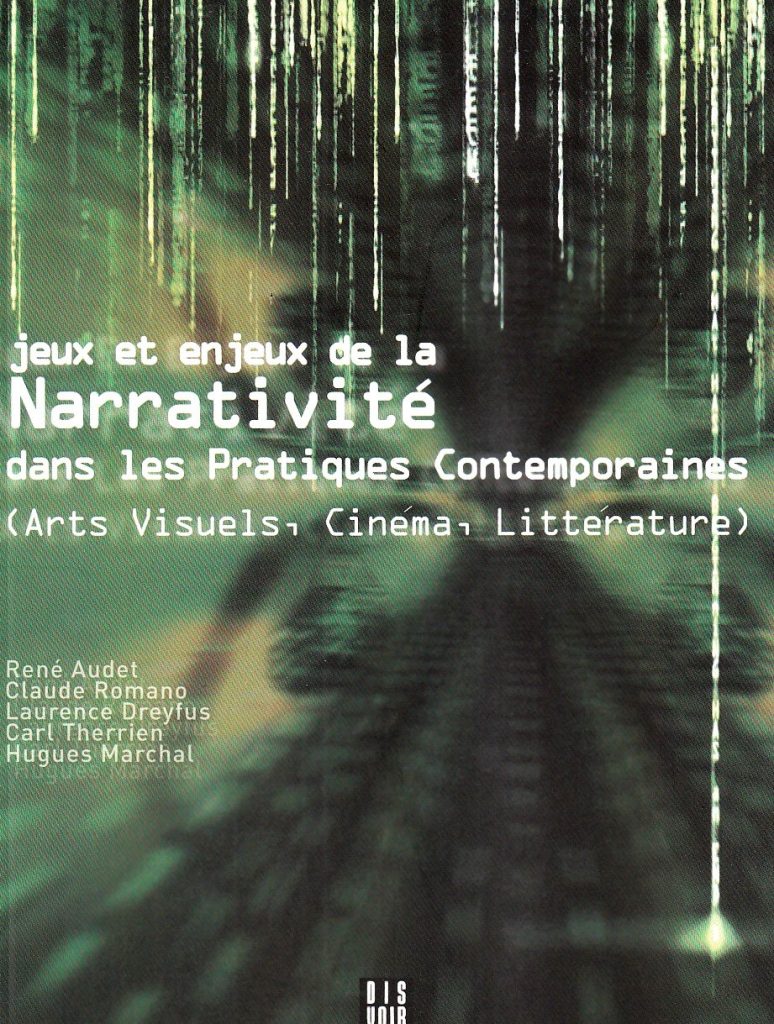
Therrien, Carl. 2006. « Le cinéma sous l’emprise du jeu. Références ludiques et mise au jeu dans le cinéma contemporain ». Dans D. Rivière (dir.), Jeux et enjeux de la narrativité dans les pratiques contemporaines, p. 92-104. Paris : Dis Voir.
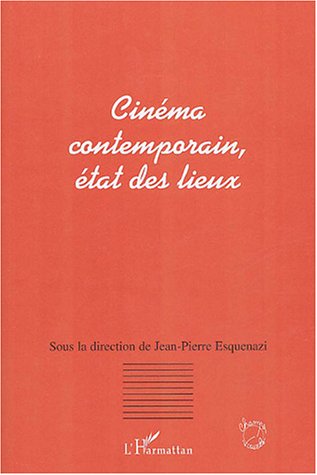
Perron, Bernard. 2004. « Pleins jeux sur le cinéma contemporain ». Dans Jean-Pierre Esquenazi (dir.), Cinéma contemporain : état des lieux, p. 293-308. Coll. « Champs Visuels », Paris : L’Harmattan. [PDF]
Cet article interroge les diverses relations entre le cinéma, le jeu vidéo et la notion de jeu en général. Il réfléchit aux changements que celles-ci entraînent sur la production, sur la réception et sur la consommation des films. Si, tel que l’a entre autres souligné Guy Scarpetta, l’avènement de la postmodernité a redonné au ludique la valeur qu’il avait perdue dans le cinéma moderne, les jeux vidéo ont évidemment accentué cette dimension au-delà de toute mesure. “La mode des jeux vidéo, a pour sa part noté Alain Le Diberder, n’a pas seulement dopé l’industrie du cinéma. Elle a imposé un nouveau rapport du spectateur au récit : l’interactivité” (Cahiers du cinéma, n° 503, juin 1996). De la sorte, s’il y a eu un temps où il était pertinent de conceptualiser le spectateur comme un décodeur ou un interlocuteur, il est aujourd’hui nécessaire de percevoir ce dernier comme un joueur. Le cinéma contemporain ne se conçoit plus sans un important rapport au ludique.
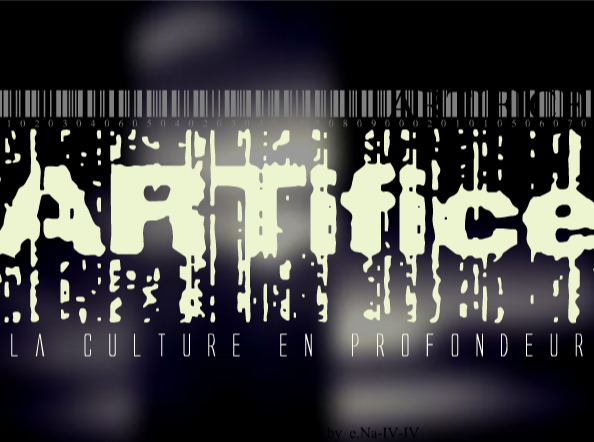

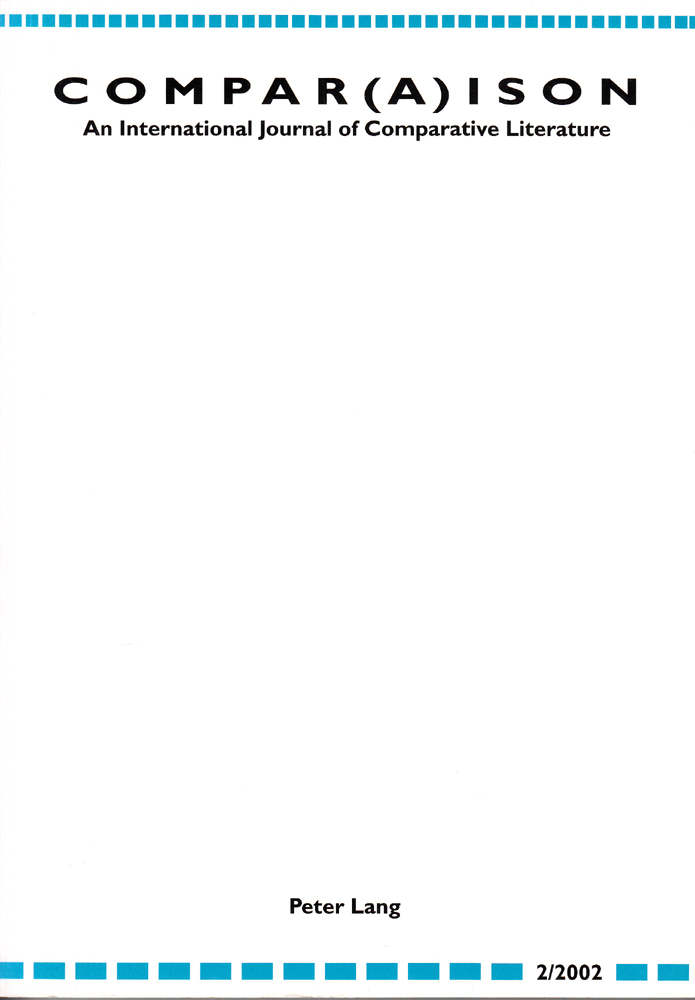
Autres publications pertinentes
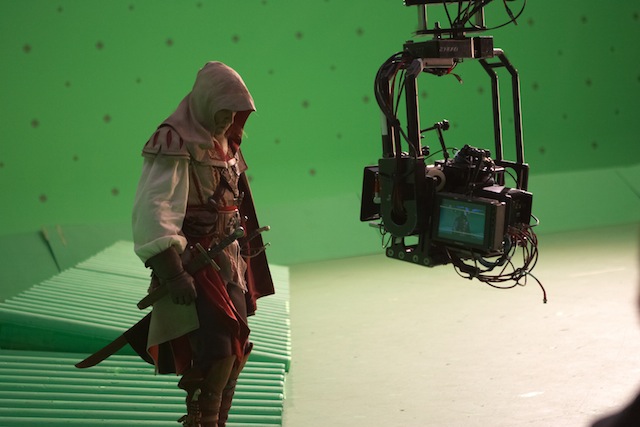
Arsenault, Dominic, et Vincent Mauger. 2012. « Au-delà de “l’envie cinématographique” : le complexe transmédiatique d’Assassin’s Creed ». Nouvelles vues : revue sur les pratiques et les théories du cinéma au Québec, Le cinéma québécois et les autres arts, n° 13 (hiver-printemps). [En ligne]

Therrien, Carl. 2009. « Making Sens in Ludic Worlds. The Idealization of Immersive Postures in Movies and Video Games ». Actes du colloque DIGRA, Breaking New Ground: Innovation in Games, Play, Practice and Theory. West London : Brunel University. [En ligne]
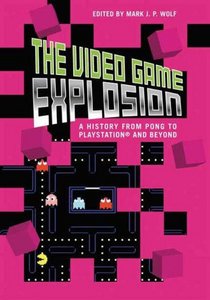
Picard, Martin. 2008. « Video Games and Their Relationship with Other Media ». Dans Mark J.P. Wolf (dir.), The Video Game Explosion: A History from Pong to PlayStation and Beyond, p. 293-300, Westport : Greenwood Press. [PDF pré-publication]

Picard, Martin. 2007. « Machinima: Video game as an Art form ? ». Loading: Journal of the Canadian Game Studies Association, vol. 1, n° 1. [PDF]
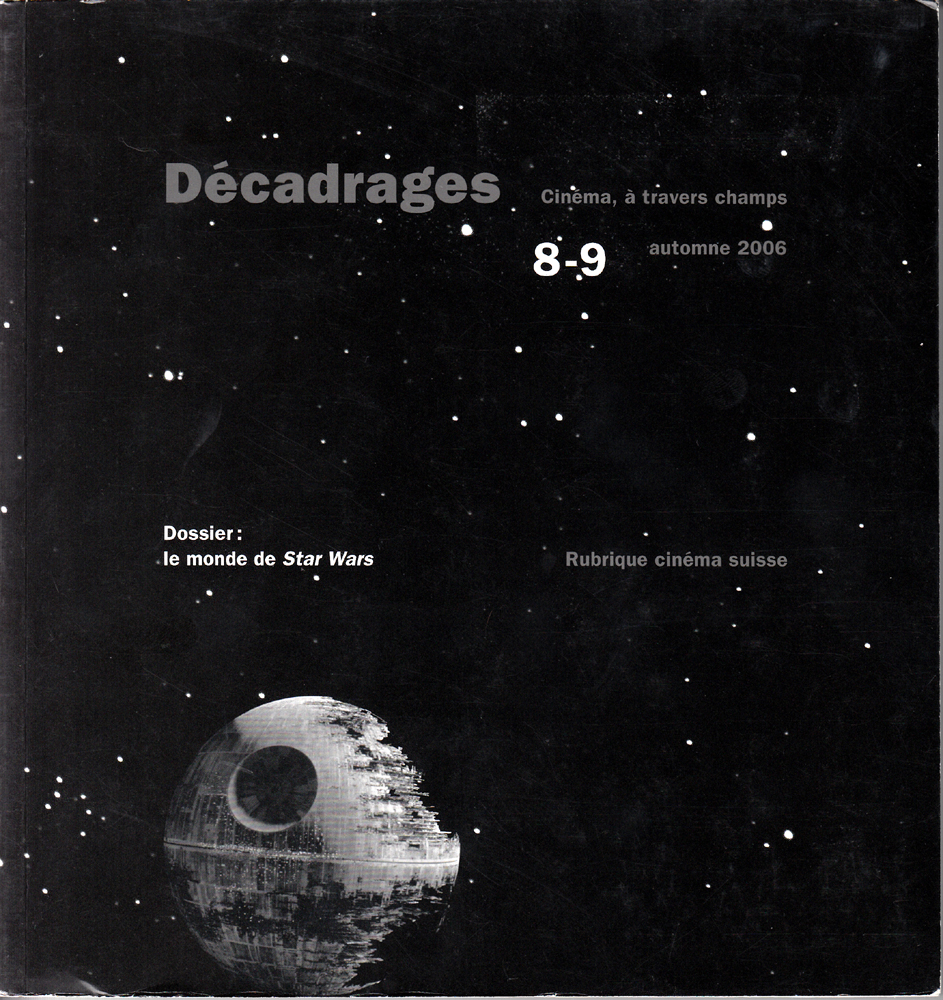
Perron, Bernard, et Dominic Arsenault. 2006. « L’empire vidéoludique : comment les jeux vidéo ont conquis l’univers de Star Wars ». Dans Alain Boillat (dir.), Décadrages. Dossier : Le monde de Star Wars, vol.8-9 (automne), p. 98-105.
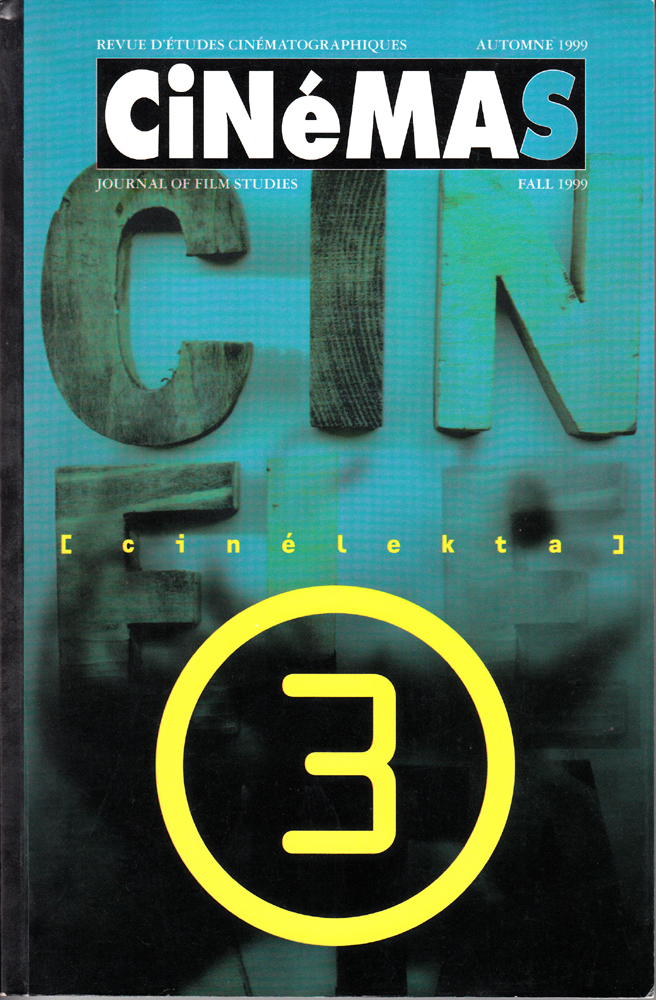
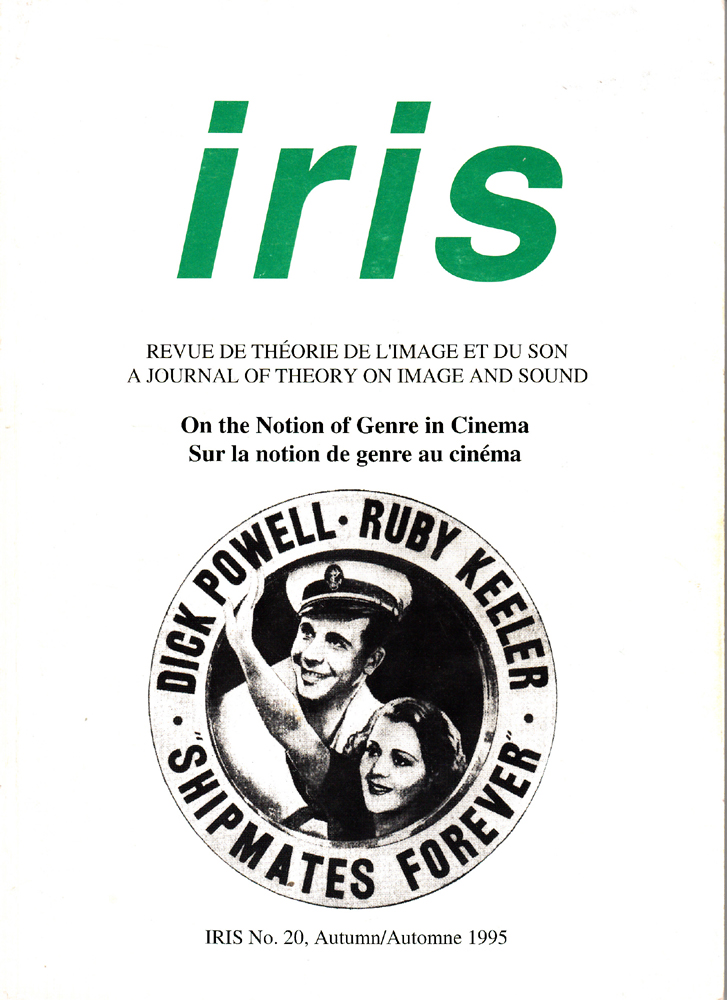
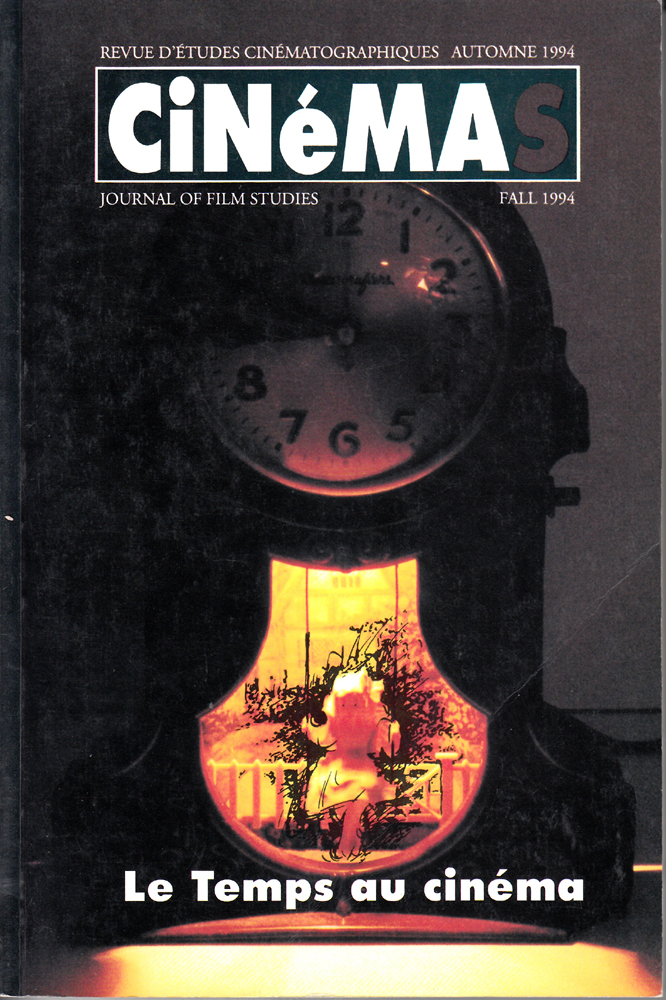
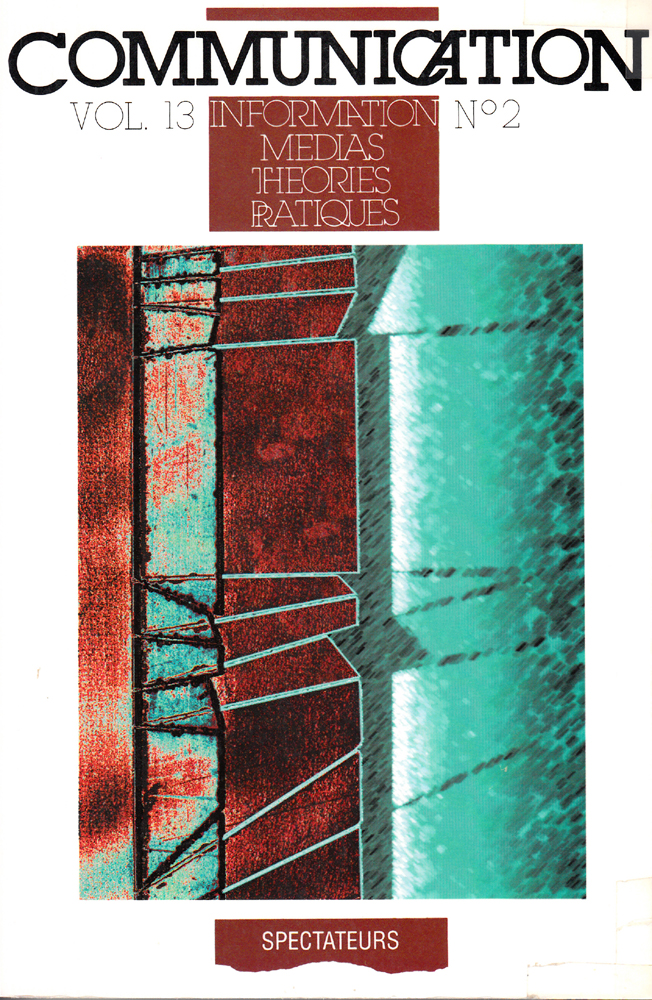
Perron, Bernard. 1992. « Au-delà de hors-champ : le hors-scène ». Communication, vol. 13, n° 2 (automne), p. 85-97. Québec : Université Laval, Spectateurs.
Master’s thesis and Ph.D. Thesis
Picard, Martin. 2009. “Pour une esthétique du cinéma transludique : Figures du jeu vidéo et de l’animation dans le cinéma d’effets visuels du tournant du XXIe siècle”. Ph.D. thesis, Université de Montréal (unpublished). [PDF]
Babeux, Sébastien. 2004. “L’interférence dans le cinéma postmoderne”. Master’s thesis, Université de Montréal (unpublished).
Perron, Bernard. 1997. “La Spectature prise au jeu. La narration, la cognition et le jeu dans le cinéma narrative”. Ph.D. thesis, Université de Montréal (unpublished). [PDF]
This thesis focuses on film-viewing-in-progression (spectature-en-progression), that is, of the film viewers’ active perception and cognition. In fact, the objective is to come back to the original program of semiology — «?understanding how the film is understood?» — in order to study the viewers’ trajectory while watching a narrative fiction film.
The first part of this thesis questions the principles borrowed from structural linguistics by comparative film narratology. On one hand, Benvenist’s analysis of enunciation gives a priori to the narrating authorities, which are presupposed in the understanding of the “order of things in themselves”. On the other hand, Genette’s analysis of the narrative is founded on the story, which refers to a set of already-told events (re)arranged in a chronological sequence. In one case or the other, these methods have left out of the picture both the viewer and his experiential path.
Since it appears difficult to understand “how the film is understood” without giving prominence to the cognitive aspects of the viewers’ activity, the second part of this thesis takes advantage of researches founded in cognitive science. The viewer’s own tendency towards narrative organisation, comprising his or her schematic knowledge, horizon of expectations, mnemonic activity, anticipations and their modes of perception and information processing are then examined. Still in its infancy within the field of film studies, the use of cognitive science’s concepts actualizes and renews our perspective on a film’ reception. The study clearly demonstrates that the understanding of narrative films relies on a vast prerequisite knowledge. Thus, by shifting from an enunciative to a cognitive frame, viewership is defined as an interaction with the movie.
Then, the final part of the thesis follows a theoretical path unexplored by film studies: the notion of play. Because play is without matter and must be acknowledge by the mind, it prolongs the discussions of the second part. Consequently, by making use of the philosophical heritage of play theory (Johan Huizinga, Roger Caillois and Hans-Georg Gadamer), the constitutive principles of play mobilized by narrative cinema are outlined in order to designate – following Gadamer – a film ontology founded upon play. Fictional and narrative films are then considered as game sessions and are divided between two poles: theludus-illinx pole, which favours the gratuitous enjoyment of speed and dizziness, and the ludus-agon pole, which compels the viewer to focus and solve problems as well as to understand the plot. Furthermore, by consenting to partake in the game, the viewer inevitably complies with a system of rules. A system composed of four rules is introduced: the rule of attention, the rule of signification, the rule of configuration and the rule of coherence. Through this regulation, the viewer’s perceptual and cognitive activity is transformed in a pure ludic task.
